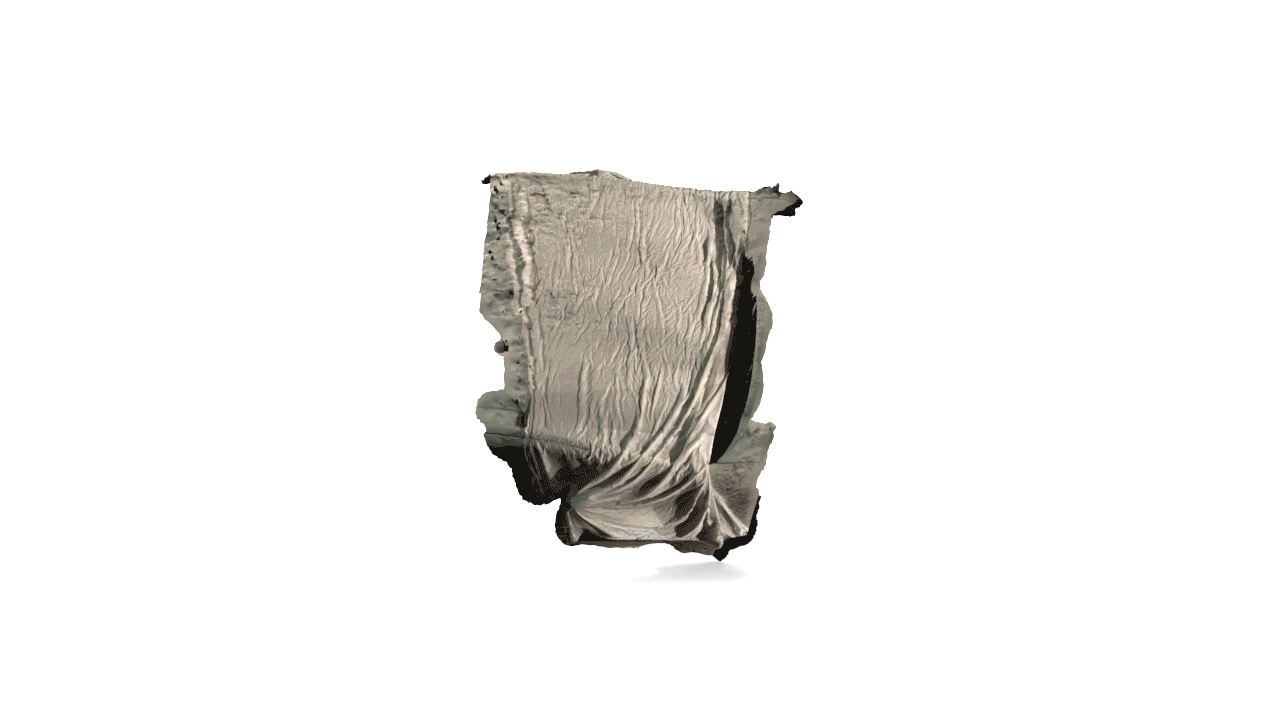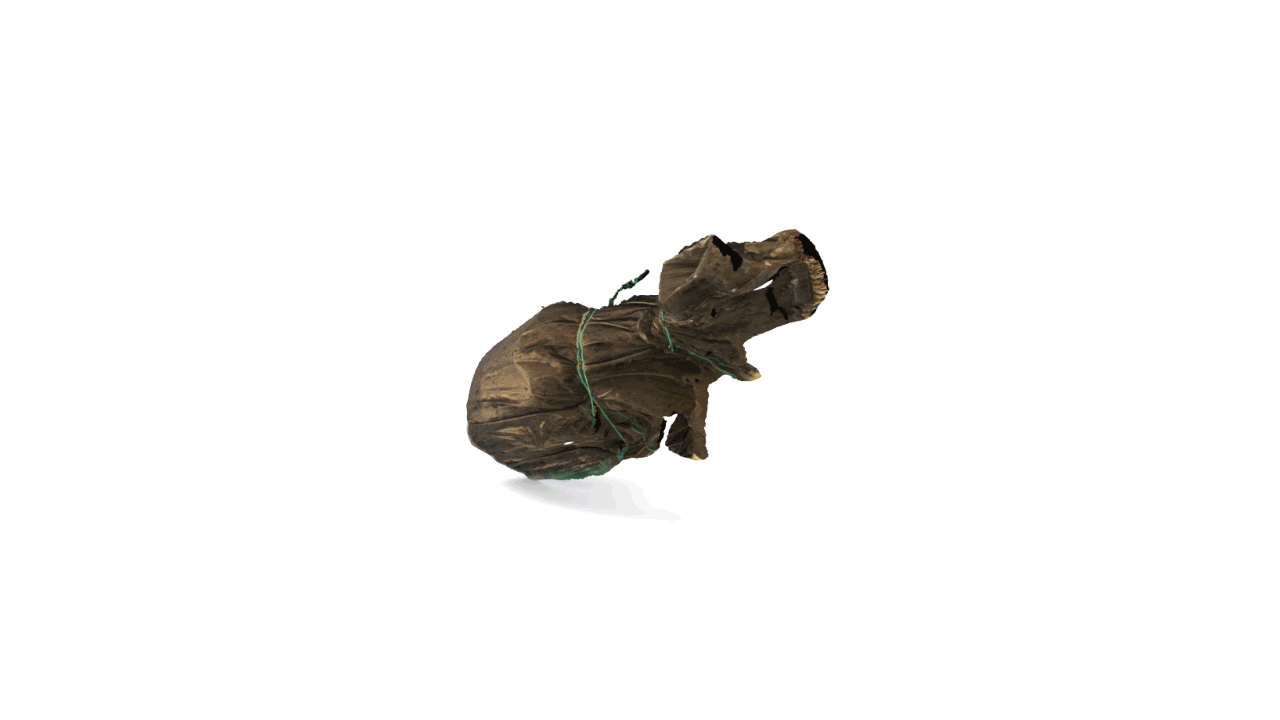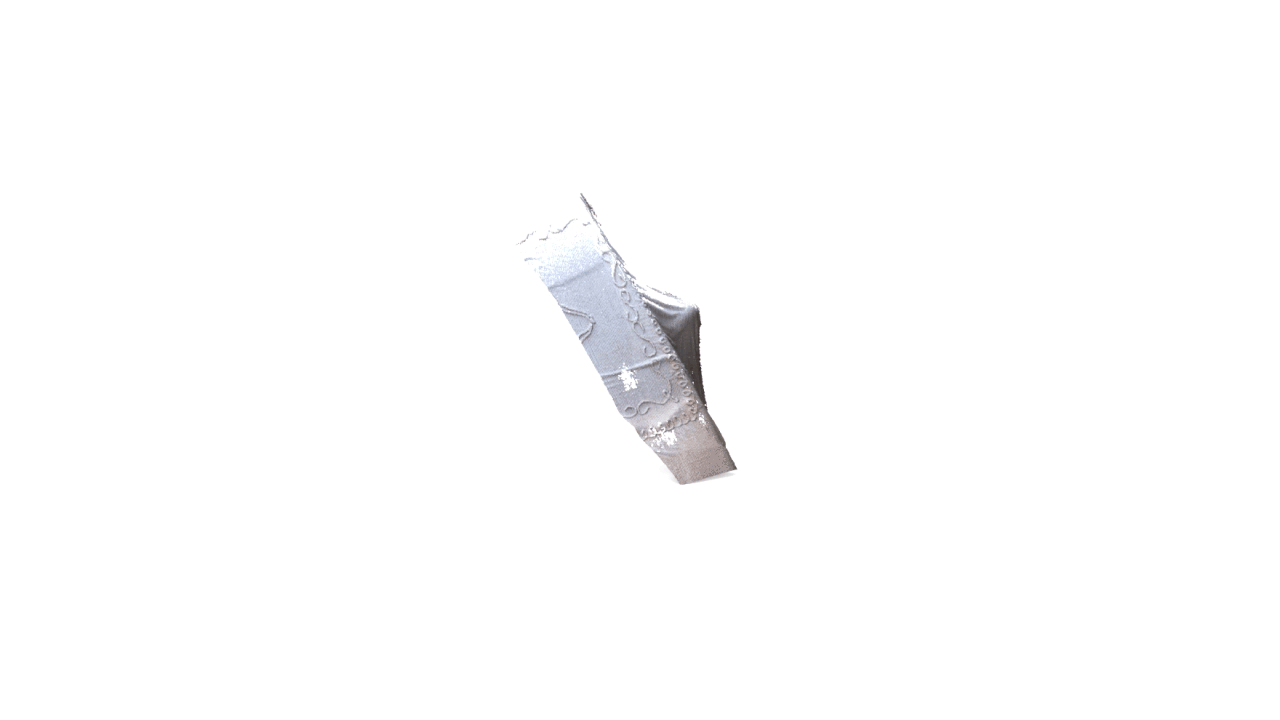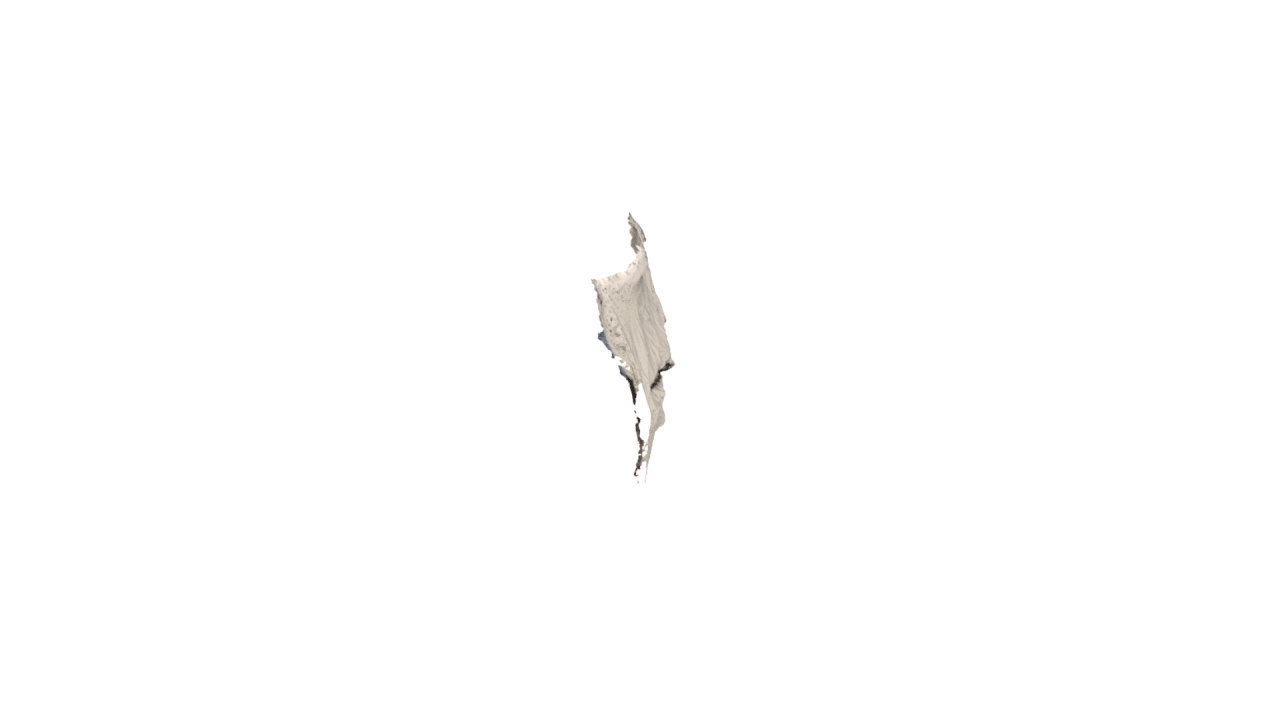





The covered object is treated in this research as a metaphor for the museum object. As objects, even what we consider a work of art if not kept within the obvious by a system of significant and historical relationships, will be doomed to fall ill. The museum, in an attempt to safeguard the universality, collects and gives its blanket to the sick work, to protect it and at the same time bind it in a prison of gold or better white.
"An object dies, when the living, disciplined gaze to interpret it disappears, and when we disappear, our objects will be confined to the places where we relegate the dark things: the museums", with these words Chris Marker opens his documentary filmed with Alain Resnais, 1953: Les Statues Meurent Aussi. The idea of a dead statue is explained as a statue that has lost its original meaning and has been reduced to a museum object. In Western museums they are anonymous authors and considered "primitive" art, but in reality they are art objects made by artists known in their community, inserted in a ritual process and local choreography, in "our" museums they become anonymous and ahistorical.
Museums give life to real narratives, they are not neutral spaces. Today, as in the past, we control the market and aesthetics as Westerners.
We have historically appropriated the works of other cultures through colonial occupations, passing on the art "of others" as a tropical aversion to Western art, with a view to taking charge of a universalization of cultures. The distortion of the work of art through its decontextualization, its transformation into a commodity and its fetishization, thus hiding its true nature.
The sculpture, which is a tired and sick body, rests under the blanket that was given to it to shelter itself. The fabric wraps it completely and we who look at it no longer recognize its original shape, which is lost in texture but at the same time is compact as a curtain of fog. In front of us we have a wrong negative, a shape that attracts us because we do not understand it completely. We are attracted to objects that have a removal or apparent absence of meaning.
The cloth that gives the museum then becomes something that confuses the history of the object, hiding and disguising it, but at the same time elevates it to a sacred object, mysterious and therefore fetishized.
We transform into fetishes what represents singularity, exotics, the unexpected.
The transformation of works of art into 3D objects that can be modeled and placed in an online archive exasperates their decontextualization and universality.
The art works are purged of their past, the original materials become perfect white digital matter, onto which new stories can be rewritten. The digital object becomes malleable once again, available to all and claiming to be universal, the uniqueness of the objects and their origin no longer matter. In 3D language, textures both cover and negate the form, the body becoming empty, a shell.
The shape and texture of the 3D object become the object itself, they are digital veils, like skin that covers the silhouettes of empty space. Can we go beyond this curtain that covers the object and enter the mysterious heart of matter?
Without an internal framework the body of the object becomes an explorable space, penetrating into the 3D object we will notice that the internal architecture is very similar to the shape of the caves, an underground void to be explored to rediscover the object itself from the inside.